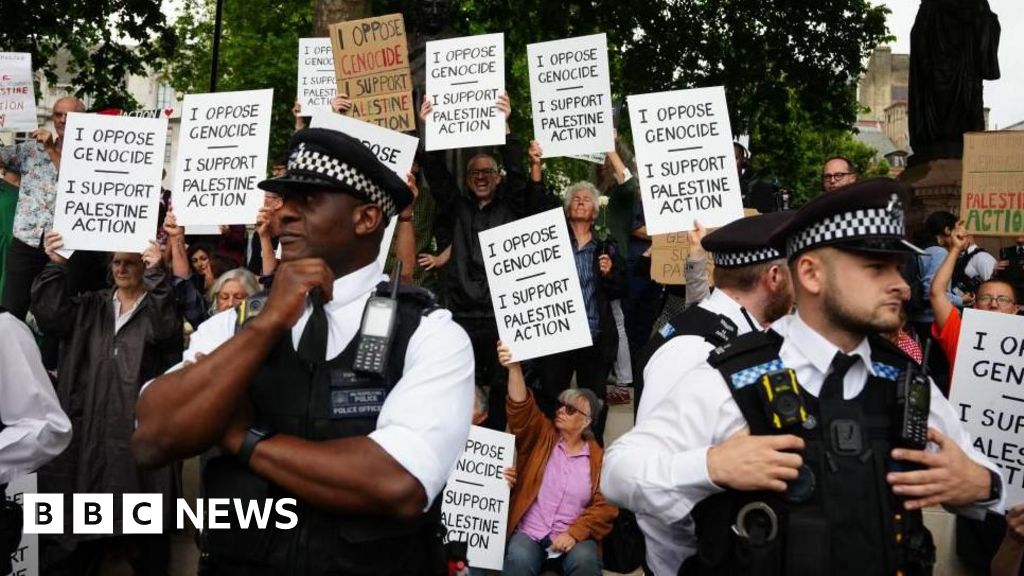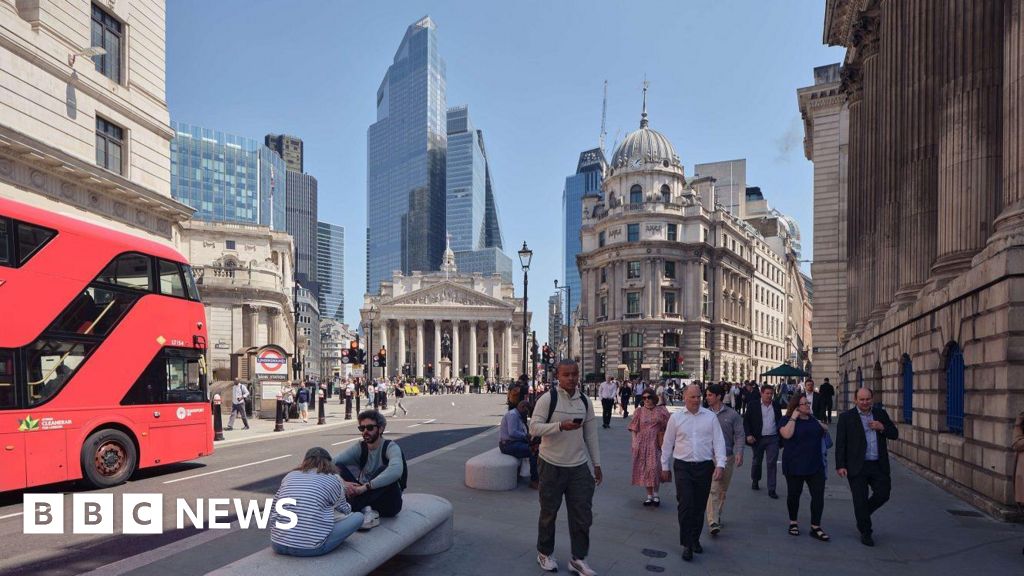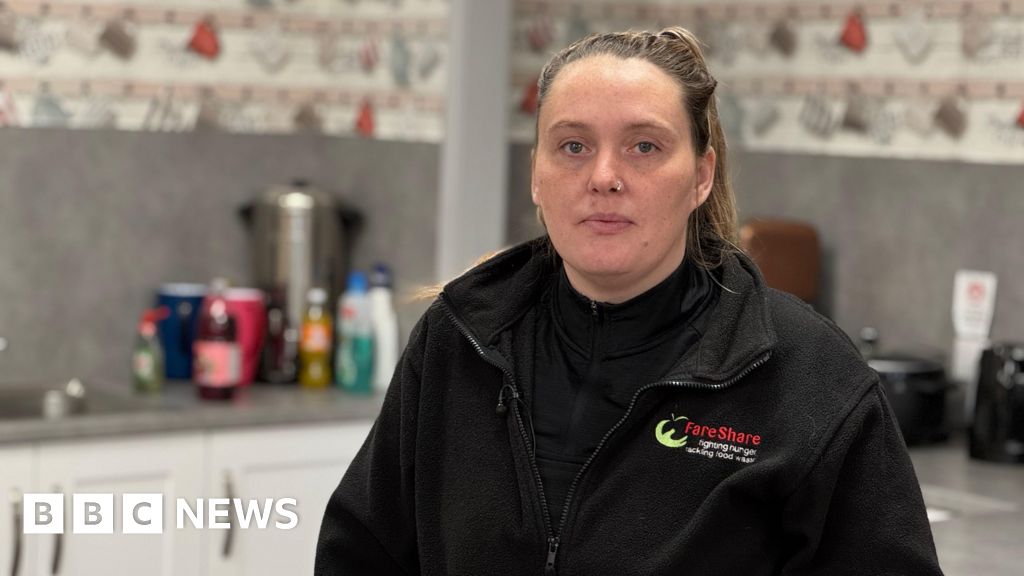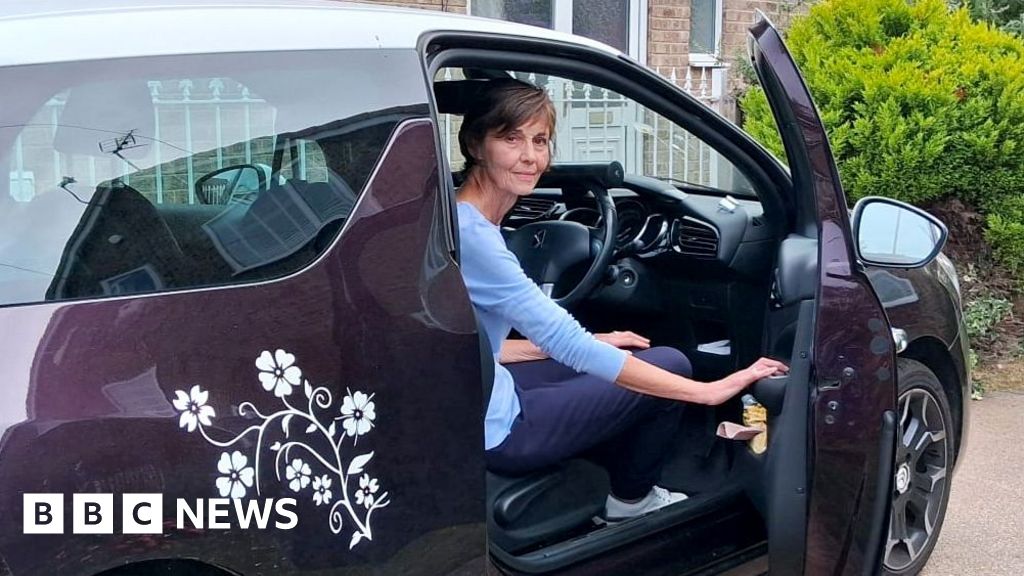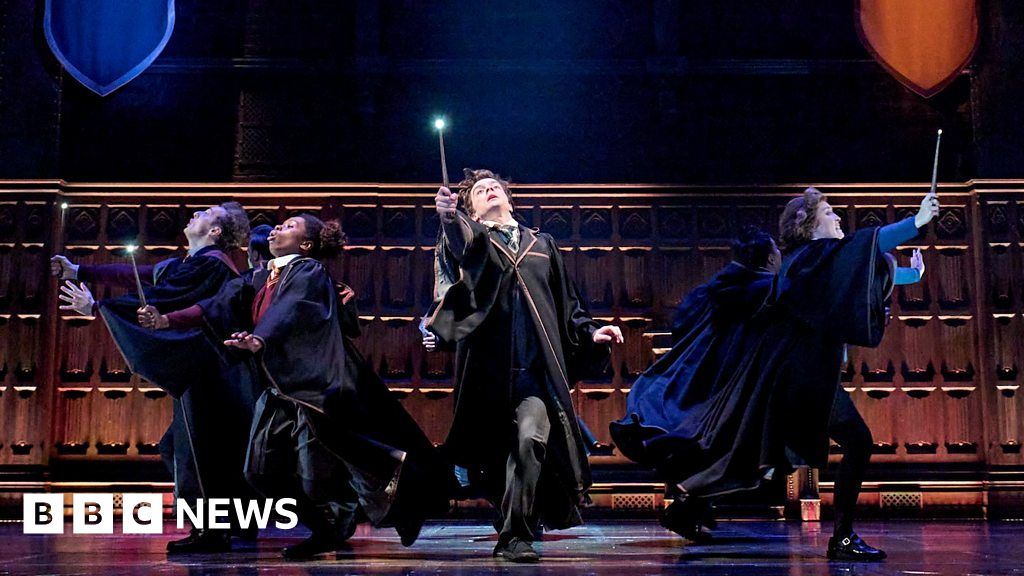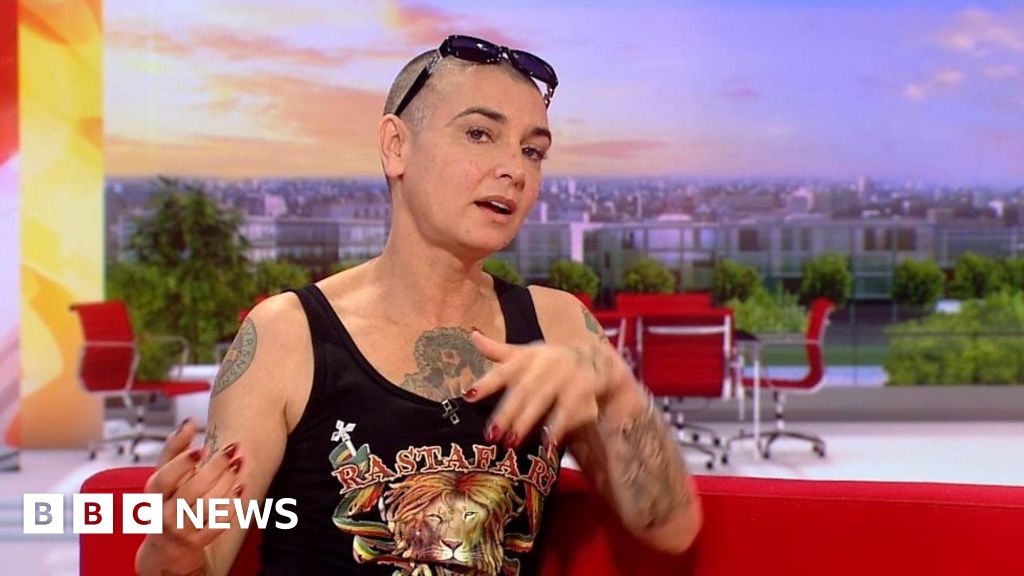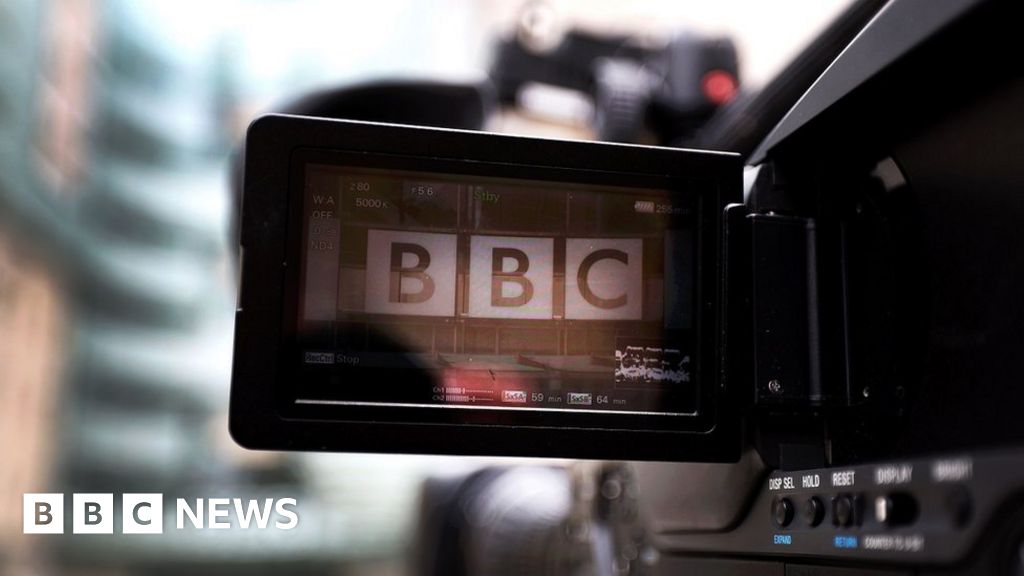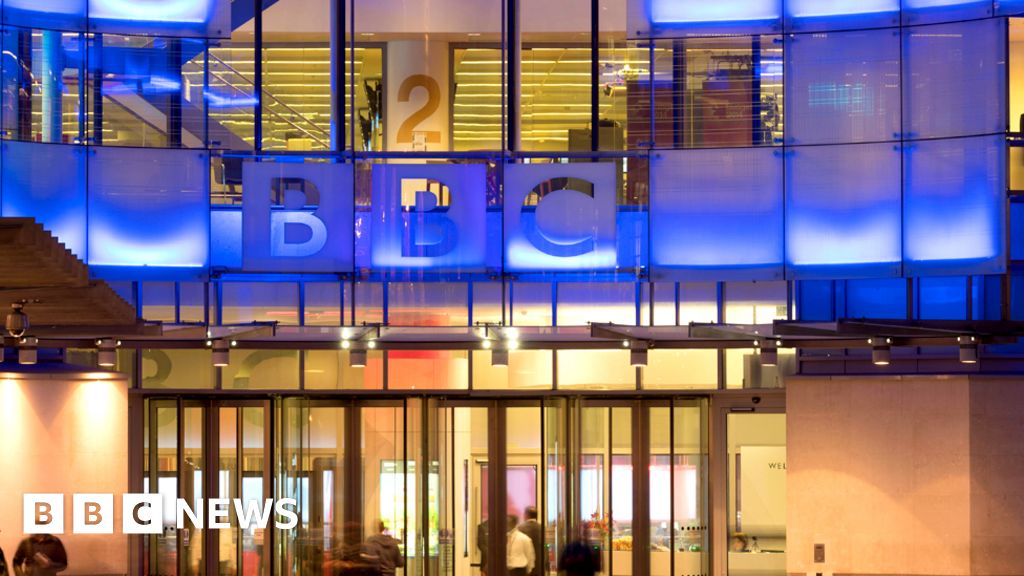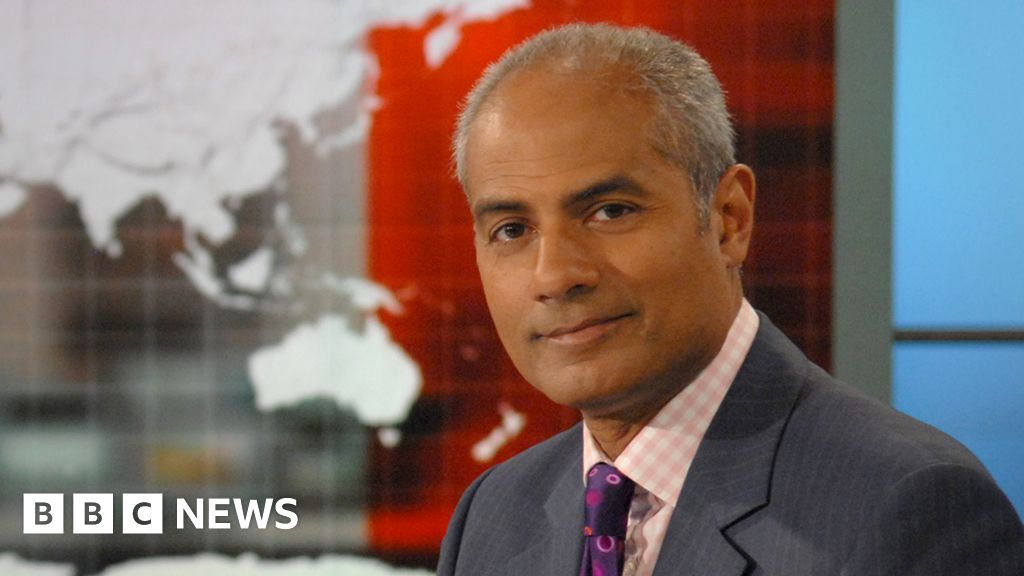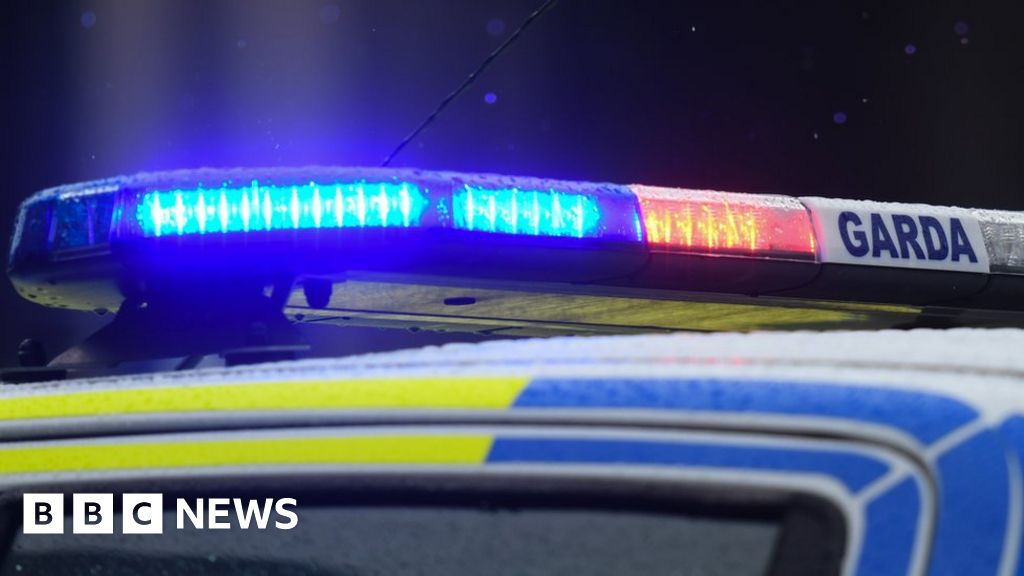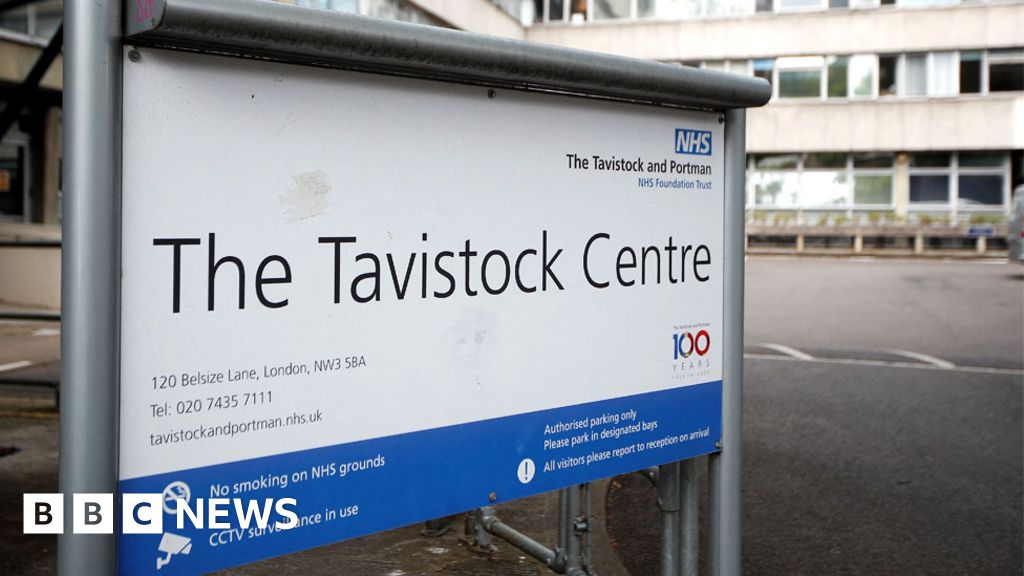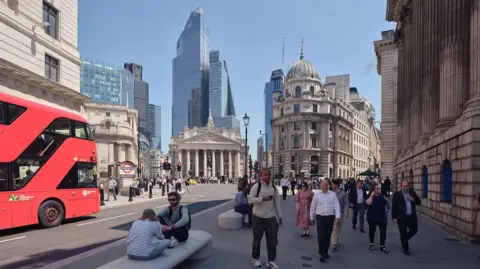 Simon Kennedy
Simon KennedyBlack cabs will be allowed to drive through Bank junction, in the City of London, once again as part of an 18-month trial.
Restrictions to most traffic, except buses and pedal bicycles, were introduced in 2017 after a cyclist died there and more than 100 people were injured.
City of London council said the move would be “carefully monitored” but argued it provided access to the area for those less able to use public transport, and said black cabs had a “strong” safety record.
Simon Munk, from the London Cycling Campaign (LCC), said: “Reintroducing more motor traffic to a now beautiful, calm and people-friendly space still risks significantly worsening the junction.”
In 2015, Ying Tao, a 26-year-old female cyclist, was killed when she was hit by a lorry turning at the junction.
Following her death a protest was held at the junction, and months later more than 13,000 people signed a petition calling for lorries to be banned during rush-hour.
Currently, only buses and pedal cyclists are allowed to cross it or travel westbound on Cornhill between 0700-1900, Monday to Friday.
As part of the trial, which begins on 28 July, black cab taxis will be able to travel west to east only while construction works are carried out on Leadenhall Street.
Once the works are complete in October, black cab taxis will also be able to travel east to west.
The existing restrictions will still apply to other traffic, including private hire vehicles.
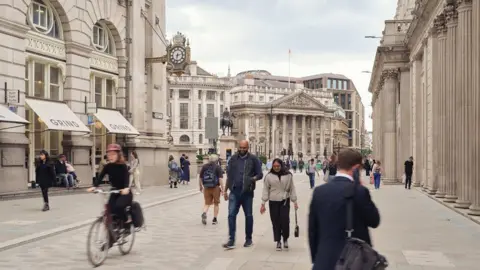 Simon Kennedy
Simon KennedyAt the end of the trial, a final decision will be made as to whether the changes become permanent, or return to the current arrangements.
The trial also follows improvement works to Bank junction which the council said “simplified” the junction and made it more pleasurable to be.
Council members who voted in favour of lifting the restrictions to black cabs argued that they had a “strong safety record” and that the “significant majority” were now zero emission vehicles.
Councillors also said it meant those less able to walk, cycle and travel on public transport will now have “easier access” to transportation.
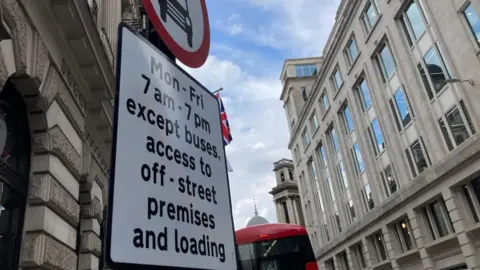
The chairman of the City of London Corporation’s Planning and Transportation Committee, Tom Sleigh, said: “The improvement works at Bank junction have been a great success, with many more people now relaxing and enjoying themselves in this more pedestrian friendly, vibrant area.
“With that in mind, we’ll be carefully monitoring the impact of reintroducing taxis through the junction, during the trial period.
“Black cabs in the City have an impeccable safety record and with most of them now also electric vehicles, they have the potential to enhance the area for those unable to use modes of active travel, or who need transportation when public services aren’t available.”
 CITY OF LONDON POLICE
CITY OF LONDON POLICESimon Munk, from LCC, said the news that black cabs were not going to be allowed to turn in the junction was “very welcome”, and said: “It goes a long way to dealing with the main risks of reintroducing motor traffic to this space.”
Mr Munk added: “It will likely mean noise, congestion for buses, and a potentially more hostile environment for walking, wheeling and cycling – and the evidence suggests that taxis and their users won’t benefit much if at all.
“But the trial will allow us all to judge the scheme on its impacts at the end of the year.”
Paul Brennan, chairman of the Licensed Taxi Drivers’ Association, previously said: “Common sense has prevailed” and said the move was “an important step towards ensuring the City of London is open and accessible”.
Mr Brennan added: “This trial will demonstrate the importance of taxi access and benefit the immediate area and wider Square Mile.”
















